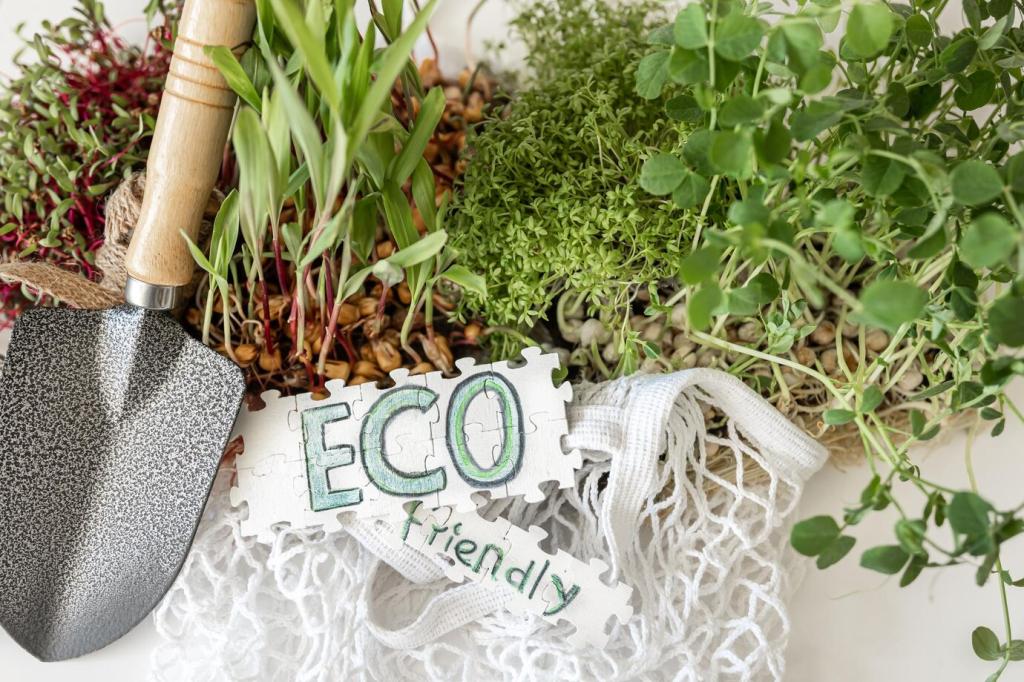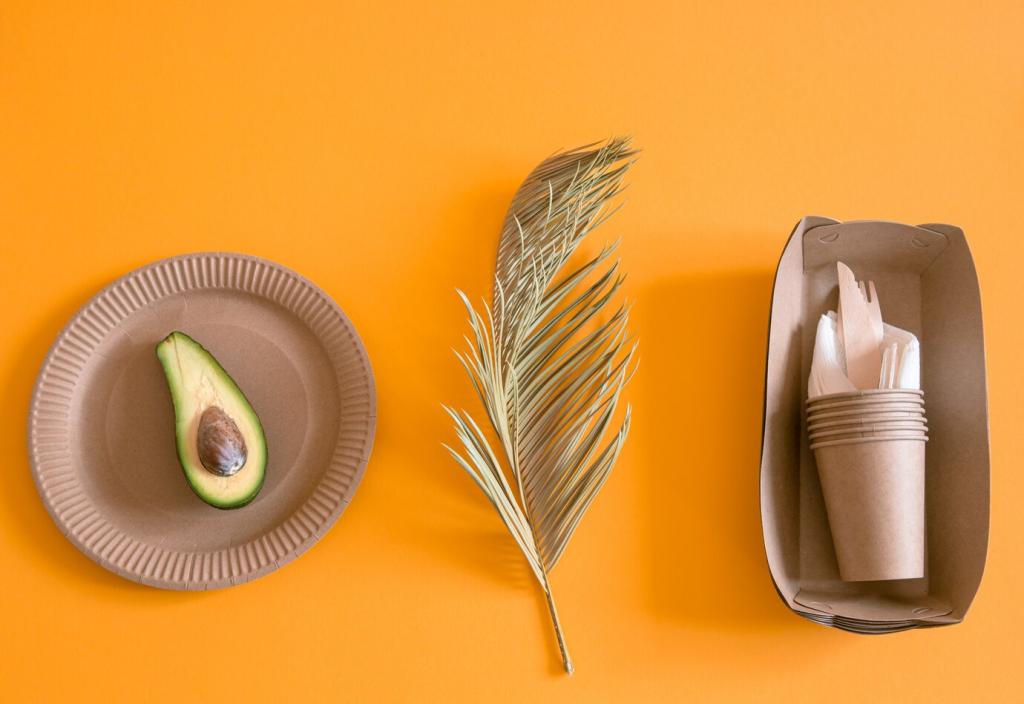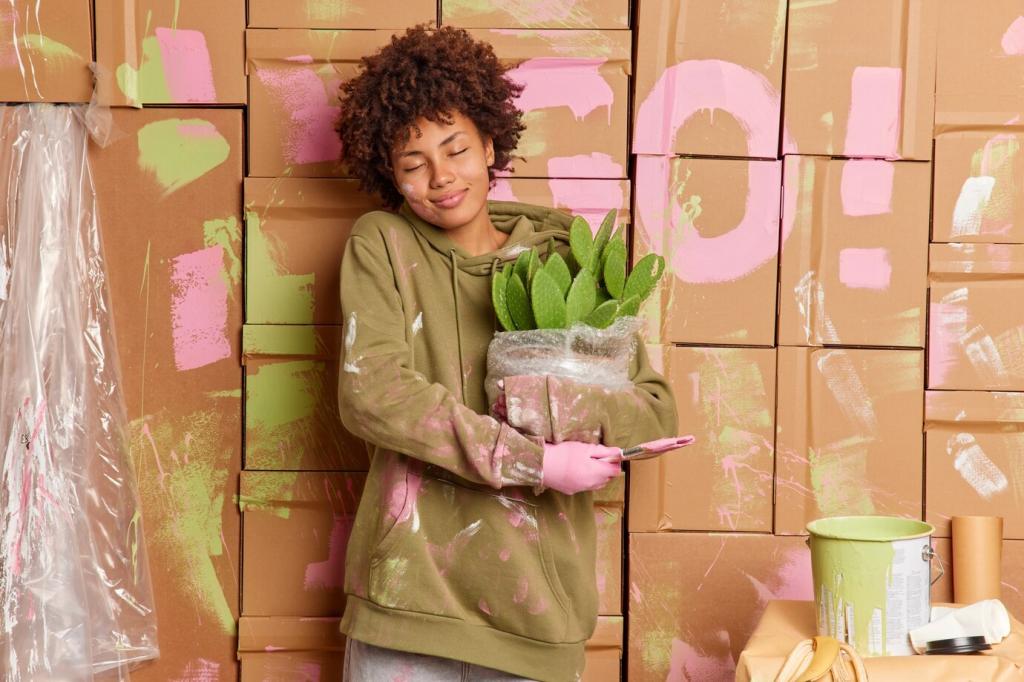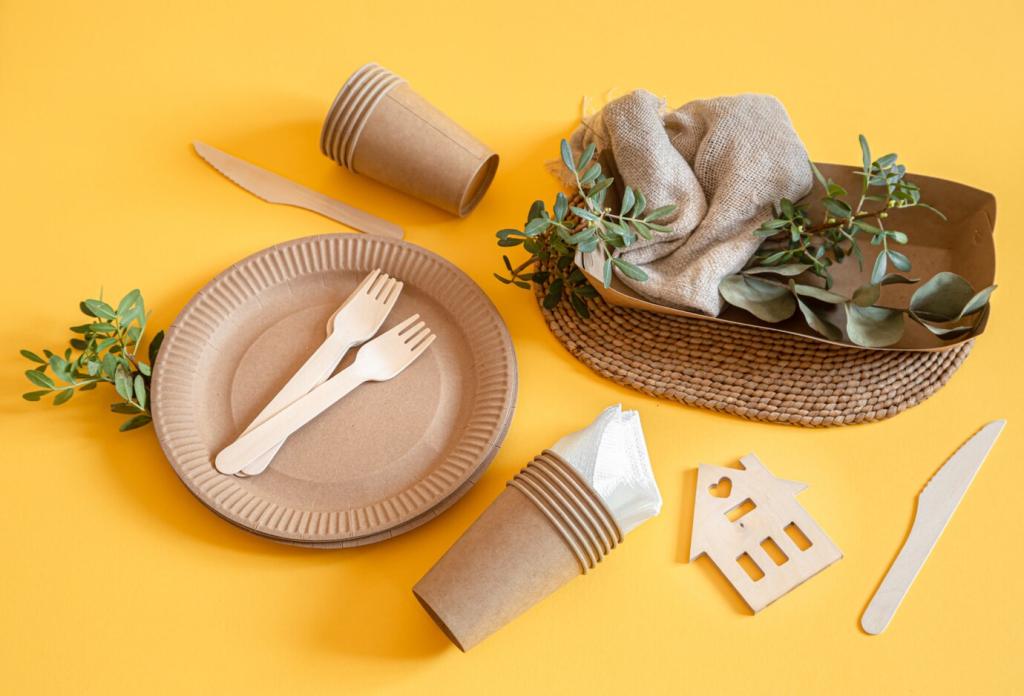Metal, Glass, and Unexpected Finds
Black iron pipe or salvaged conduit can form sleek frames for reclaimed tops. Deburr, clean, and seal metal to prevent residue. The result feels industrial yet inviting, especially when paired with warm-toned wood that softens the confident silhouette.
Metal, Glass, and Unexpected Finds
Repurpose tempered glass or vintage windows with care. Smooth edges, secure fasteners, and consider protective bumpers. A reclaimed frame with clear acrylic beneath protects photos or pressed leaves, turning a simple coffee table into an evolving family gallery.








